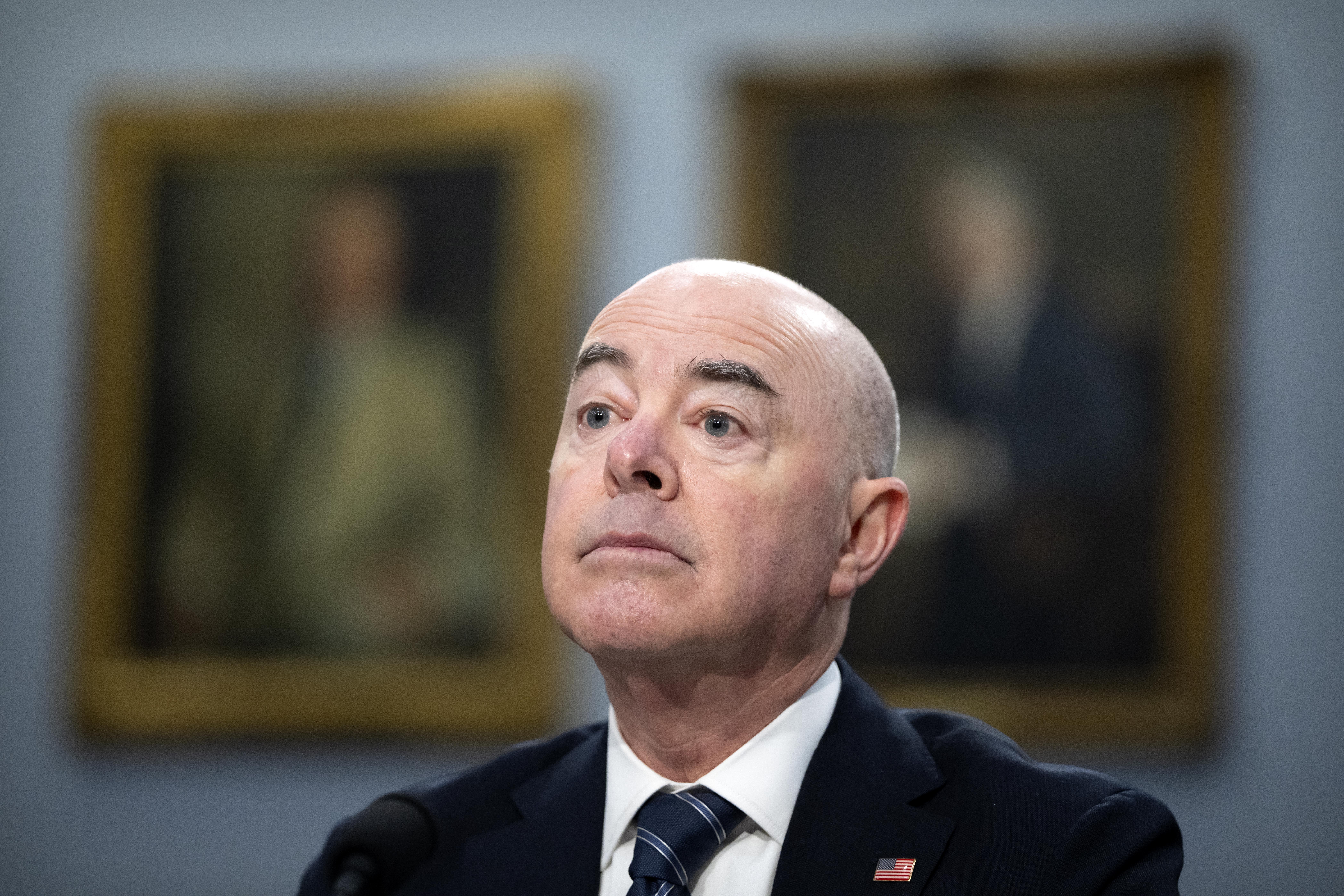There's growing outrage over the long-term cost of pensions in San Diego's City Employees Retirement System (SDCERS).
A new study shows that the 10 highest-rewarded pensioners, if they live a normal lifespan, will divide tens of millons of dollars among themselves and their survivors.
San Diego's retirement system has been the subject of criminal prosecutions and civil lawsuits for nearly six years but has withstood almost all court challenges.
Now that the numbers behind a $2 billion deficit are out in the open, the retirement agreements could turn voter sentiment against Prop. D, a sales tax measure aimed at saving city services.
"There is no service cut deep enough, no tax increase big enough, to satisfy the skyrocking annual pension payment," City Councilman Carl DeMaio told reporters at a City Hall news conference Monday. "If you do not reform city pensions, you will never fix the city's financial problems."
DeMaio is calling on his colleagues and Mayor Jerry Sanders to docket measures requiring elected officials to pay a full equal share of the city's cost of their exiting benefits, and also to terminate the system in favor of a 401(k) defined contribution plan.
At DeMaio's request, Sacramento-based CPA Marcia Fritz projected long-term "actuarial"costs of $61 million for the pension plans of the 10 highest pension recipients. Ranging from the $191,163 in total annual benefits for a former assistant fire chief to $299,108 for a former assistant city attorney, their pension allowances all outpace the earnings of the governor and other statewide officer holders. Their benefits also are more than double the salaries of all state lawmakers.
Politics
Fritz noted that San Diego city employees gain vesting in the system by their first year and can draw retirement benefits as early as age 35.
"It's pretty outrageous," Fritz said. "Why should they continue to work when they can make this kind of money being retired?"
Eight of the Top 10 derive large amounts from what Fritz calls "a way around the IRS limit" on retirement allowances.
"It was designed for the fatcats," Fritz said, adding that she plans to contact members of Congress to see whether that loophole -- known as "preservation of benefits" -- should be permitted in such cases.
Longtime critics of the pension system say this issue has statewide as well as local implications.
"This may very well result in something like Proposition 13," said Pat Flannery, a Point Loma resident who closely follows City Hall on his "Blog of San Diego." "Because you push the system so much and so far, and then the taxpayer fights back. I think Prop. D here in San Diego may be the little trigger that may have been an ill-advised move on the part of the city."
Said Richard Rider, president of San Diego Tax Fighters: "How many people's 401(k)'s have 6 percent with a 100 percent match? That's what they've been getting. Their total pensions can easily be 140 percent or higher, and it's not the top peope -- it's thousands of retirees in the city of San Diego."
SDCERS officials have not returned a call for comment on all this.
Tomorrow, top city leaders and union representatives will meet behind closed doors to discuss a variety of pension reforms which are part of a 10-point plan whose completion is necessary to activate the half-cent sales tax proposed under Prop. D.



